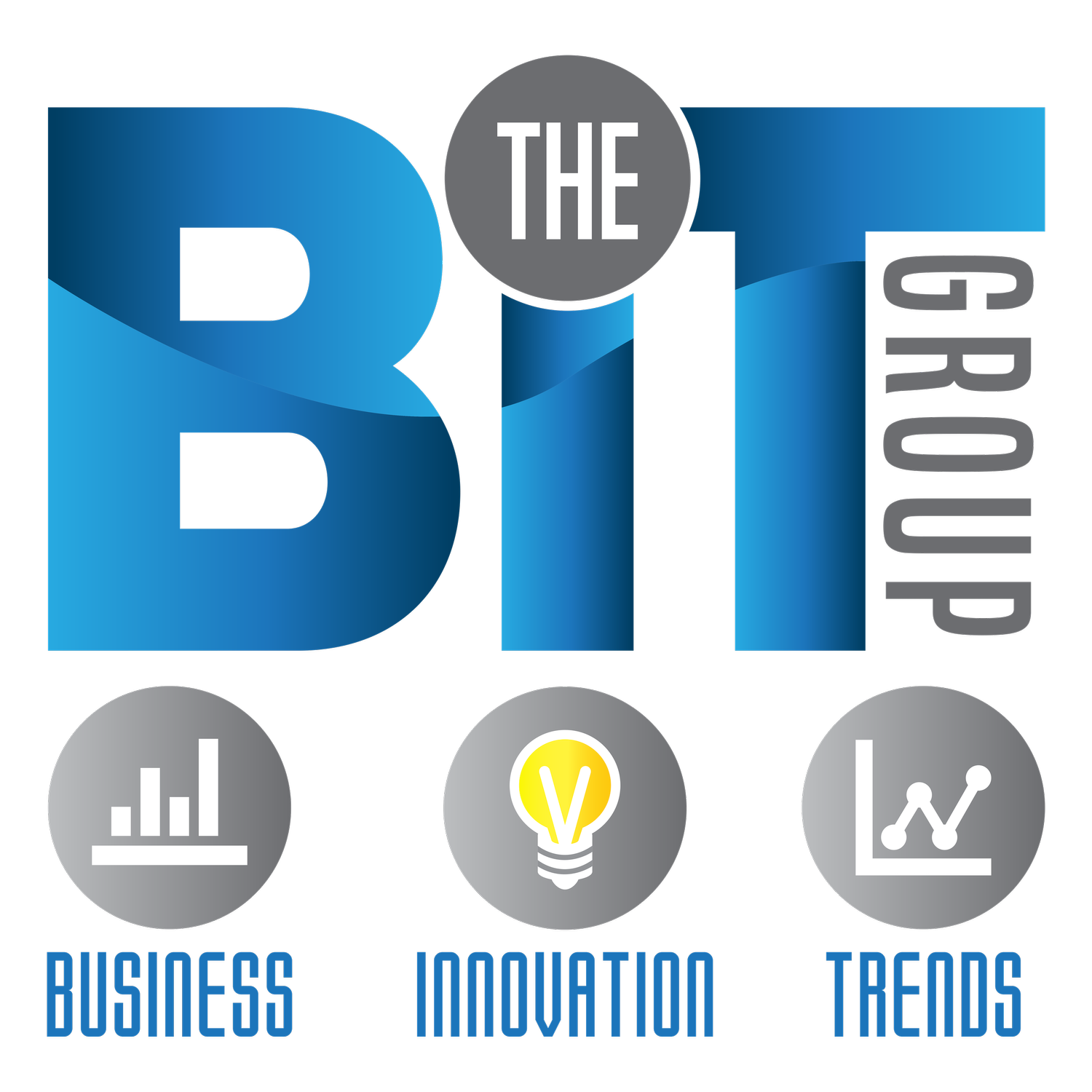“Each time your children come across a stray animal, they likely don’t have to self-consciously rehearse a subroutine of zoological attributes to decide whether it’s a cat or a dog,” writes Aditya Singh. (https://hbr.org/2017/01/deep-learning-will-radically-change-the-ways-we-interact-with-technology ) “Human beings come pre-loaded with the cognitive gear to simply perceive these distinctions. The differences appear so obvious, and knowing the differences comes so naturally to us, that we refer to it as common sense.”
Humans are lucky and can rely on common sense, but for computers to make distinctions requires specific algorithms “to render even the most basic of judgments. Despite decades of unbroken gains in speed and processing capacity, machines can’t do what the average toddler does without even trying,” says Singh. “That is—until now.”
Enter, “deep learning,” a branch of artificial intelligence that is modeled after neural networks in the human brain which gives machines the ability to intuitively understand the real world. For example, Singh points out that at Google a deep learning network “was shown 10 million unlabeled images from YouTube, and proved to be nearly twice as accurate at identifying the objects in the images (cats, human faces, flowers, various species of fish, and thousands of others) as any previous method.”
The implications of deep learning are enormous for innovators and entrepreneurs says Singh. “I believe that over the next few years, start-ups and the usual big tech suspects will use deep learning to upgrade a wide suite of existing applications, and to create new products and services. Entirely new business lines and markets will spring up, which will, in turn, give rise to still more innovation. Deep learning systems will become easier to use and more widely available. And I predict that deep learning will change the way people interact with technology as radically as operating systems transformed ordinary people’s access to computers.”
This research on deep learning parallels my own research on elite athletes—in this case Big Wave surfers—and found that they had much to teach innovators and serial entrepreneurs. In my new book, Make Your Own Waves: The Surfers Rules for Innovators and Entrepreneurs (http://www.louispatler.com/books/ in much the same way that deep learning allows machines to build on basic elements and exponentially up the ante, these surfers and serial entrepreneurs both build on their basic idea and have the ability to “dare bigger.” In other words, they are always looking for a deeper and more expansive opportunity –a bigger wave--rather than simply modifying a product or service to stay in safe and predictable waters. They all “dare big.”


